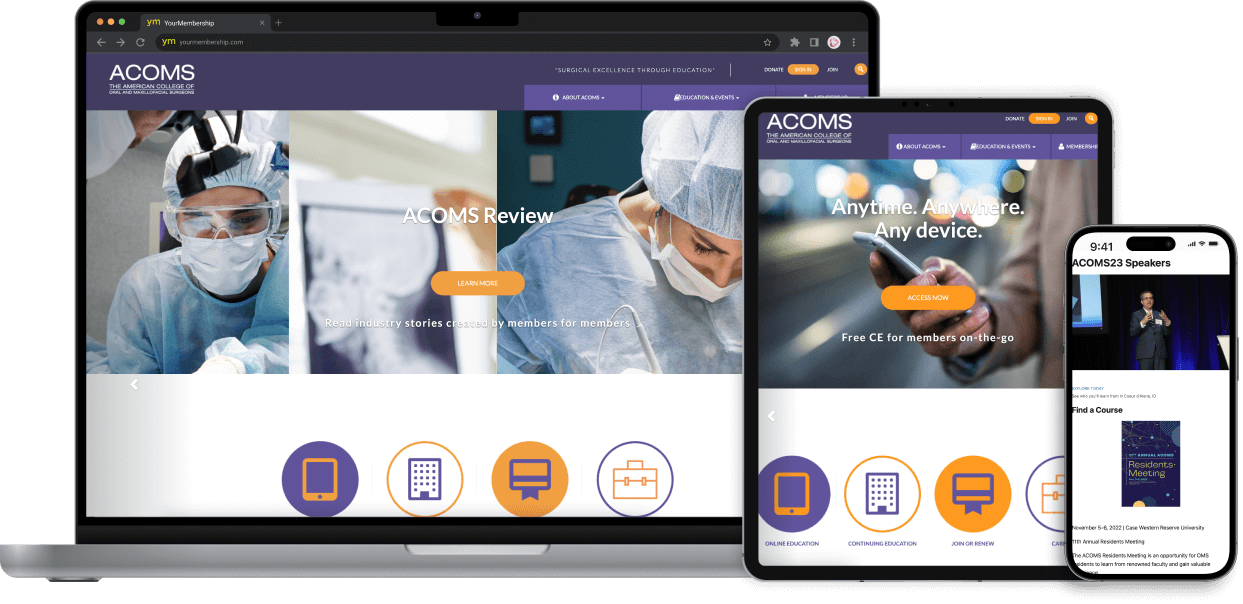How Website Design Can Help Improve User Experience and Engagement
How Website Design Can Help Improve User Experience and Engagement
Blog Article
Vital Tips for Crafting High-Impact Site Designs
In the realm of electronic marketing, the design of a website offers as a vital touchpoint for involving prospective customers. To develop high-impact website styles, one have to think about important elements such as audience understanding, user experience, and visual hierarchy.
Understand Your Target Market

To efficiently comprehend your target market, start by conducting demographic analyses to gather information on age, gender, area, and rate of interests - website design. This details acts as a structure for developing user identities, which represent the key attributes of your target audience. These personalities overview decision-making in layout components and material method, ensuring alignment with individual expectations
Furthermore, analyzing customer actions with tools like Google Analytics can reveal how visitors connect with your website. Metrics such as bounce prices and time on web page can highlight areas that need renovation or modification. Customer studies and feedback also give vital insights right into preferences and discomfort factors.
Inevitably, a deep understanding of your audience is not just beneficial however vital. It empowers designers to develop even more appropriate, appealing, and useful websites that cultivate a favorable customer experience and drive wanted results.
Prioritize Customer Experience
When developing a site, focusing on customer experience (UX) is critical to achieving both customer fulfillment and organization objectives. A well-crafted UX ensures that site visitors can navigate the site easily, locate the information they require, and involve with content effectively. To accomplish this, it is critical to embrace a user-centered design approach that includes understanding user needs, preferences, and behaviors.
Begin by carrying out detailed research study, including individual studies and usability screening, to collect insights into just how individuals communicate with your site. This information ought to educate layout choices, guaranteeing that features and formats align with user expectations. Streamlined navigation is necessary; site visitors should be able to situate info rapidly without unnecessary clicks or complication.
In addition, take into consideration the filling rate of your website. A slow-loading site can cause high bounce prices, adversely affecting user experience. Optimize manuscripts and pictures to boost efficiency.
Last but not least, guarantee that your site is obtainable to all individuals, including those with handicaps. Complying with availability criteria not only broadens your audience yet additionally promotes inclusivity. By prioritizing UX, you lay the structure for an effective internet site that fulfills both individual needs and company objectives.
Embrace Visual Pecking Order
A well-structured visual pecking order plays a considerable duty in enhancing customer experience by leading visitors' attention to the most crucial aspects of a website (website design). By tactically organizing material, designers can produce a clear course for users to follow, guaranteeing they engage with essential info properly
To implement visual pecking order, begin by using size and range. Bigger elements naturally draw the eye, making them perfect for headings or phones call to action. Complement this with contrasting shades that highlight vital locations, as lively tones can create focal points that record focus.
Furthermore, the placement of aspects on the web page is crucial. Leading the customer's look with the design can be accomplished by placing vital info on top or in the facility, where users generally pop over to this site start their visual trip. Integrating whitespace around components can additionally improve clarity, making it simpler for customers to refine information without feeling overwhelmed.
Lastly, utilizing typography properly adds to aesthetic hierarchy. Various font style weights, sizes, and styles can represent significance, guiding customers with the web content effortlessly. By embracing these concepts, designers can develop an intuitive experience that fosters engagement and motivates customers to discover further.
Maximize for Mobile
Mobile optimization is vital in today's electronic landscape, as a significant part of internet website traffic comes from mobile phones. To make certain a seamless user experience, web sites must be made with mobile individuals in mind. This entails using receptive internet design techniques that adjust the format, images, and message to fit numerous display dimensions while preserving performance and visual appeals.

Touch targets, such as buttons and web links, have to be appropriately sized, guaranteeing they are easily tappable without mistakes. Moreover, ensure that kinds are mobile-friendly by decreasing input fields and making use of dropdowns where applicable, enhancing the individual experience.
Lastly, examination your web site across different smart phones and internet browsers to recognize any type of issues that may affect functionality. By focusing on mobile optimization, you not just enhance individual fulfillment but additionally positively affect your site's search engine ranking, hence attracting more site visitors and improving total involvement.
Implement Strong Branding
Creating a recognizable and cohesive brand name is fundamental to establishing a strong online presence. A distinct brand name not only differentiates you from rivals however also promotes trust fund and commitment among your audience. To execute strong branding, begin by developing a clear brand name identification that envelops your objective, values, and vision. This identity must be shown regularly throughout all electronic touchpoints, including your website, social networks, and email interactions.
Aesthetic components such as logos, shade schemes, and typography play an essential duty in branding. Pick a shade scheme that reverberates with your target audience and mirrors your brand character. Ensure that your logo is functional and plainly shown on your internet site, boosting brand acknowledgment.
Web content is just as important; your intonation need to line up with your brand identity, whether it's professional, pleasant, or authoritative. Involving narration can better reinforce your brand, producing an emotional link with users.
Verdict
In conclusion, crafting high-impact web site layouts requires a diverse technique that incorporates understanding the audience, focusing on individual experience, and accepting visual hierarchy. Optimization for smart phones remains essential, alongside the execution of strong branding methods. By integrating these components, sites can successfully involve users, assist in seamless navigation, Related Site and foster emotional connections that improve brand name identity. Eventually, adherence to these principles adds to the creation of engaging and efficient digital experiences that resonate with target audiences.
To develop high-impact web site layouts, one need to take into consideration important aspects such as target market understanding, individual experience, and visual hierarchy.When creating an internet site, focusing on user experience (UX) try these out is vital to accomplishing both individual complete satisfaction and organization purposes.Beginning by carrying out thorough study, including individual surveys and usability screening, to collect understandings right into exactly how customers engage with your site. To make sure a seamless customer experience, sites have to be made with mobile customers in mind.In conclusion, crafting high-impact site designs necessitates a complex strategy that encompasses understanding the target market, prioritizing customer experience, and accepting aesthetic power structure.
Report this page